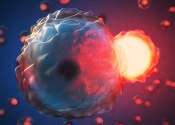Researchers use quantum computing to predict gene relationships
In a new multidisciplinary study, researchers at Texas A&M University showed how quantum computing—a new kind of computing that can process additional types of data—can assist with genetic research and used it to discover ...









